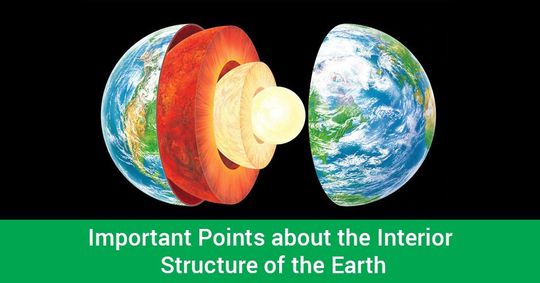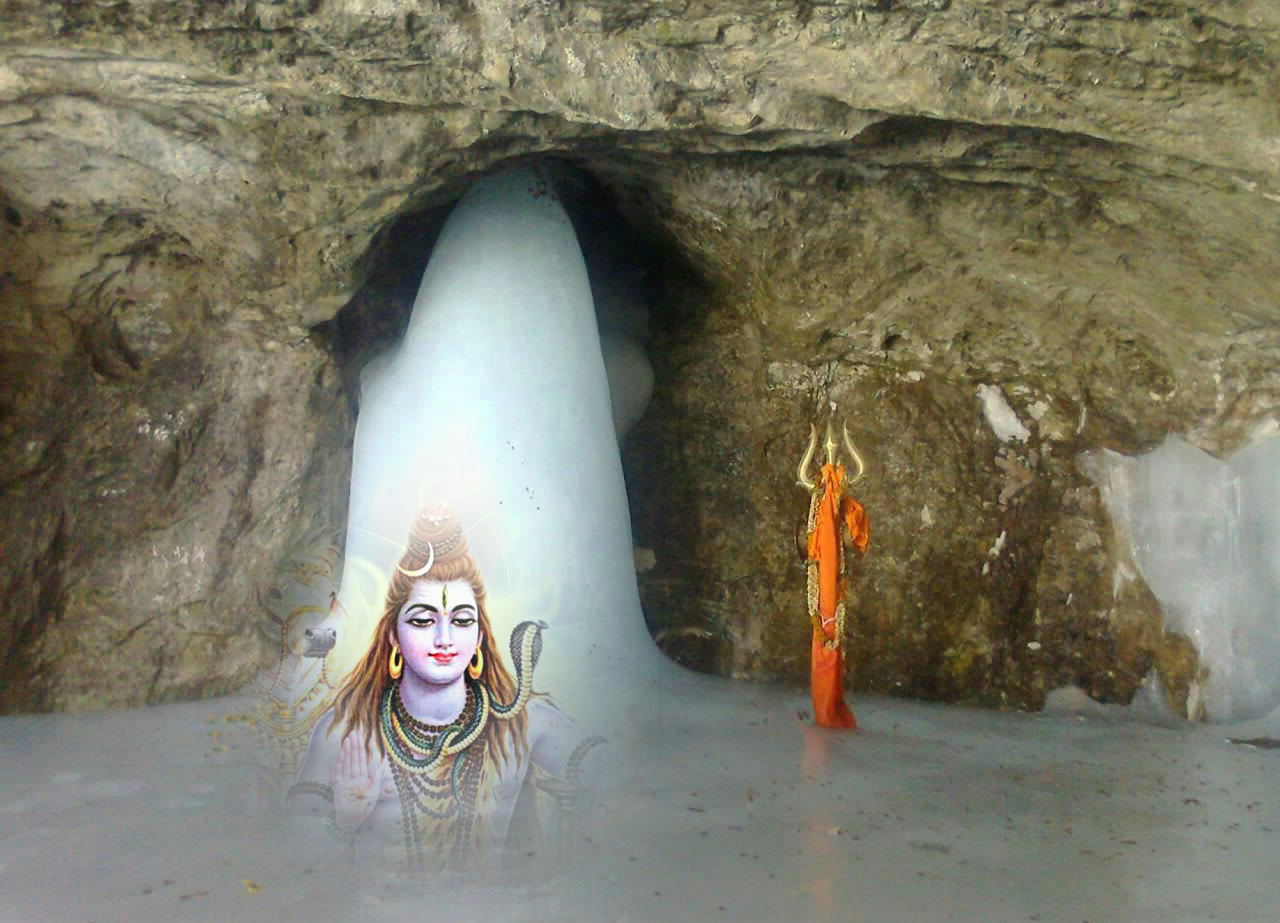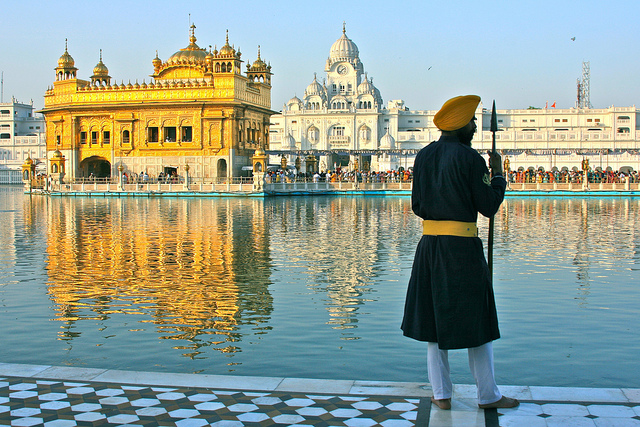It is very important to have an understanding of Article Usage in English Grammar, So here we are providing tips on usage of Article in English Language which will be helpful for upcoming SSC CHSL Tier I Exam 2016.
In English there are two types of articles:
(i) The Indefinite Articles
(ii) The Definite Article
The Indefinite Articles : A and An (Please note that ‘An’ is a variant of ‘A’.)
'A' and 'An' are to be used with Nouns that are singular. Singular Nouns are, To simply put, we can put one, two, ... in front of them.
The Definite Article : The
1. The indefinite article ‘a’ is used before:
(a) a word beginning with a letter having a consonant sound.
Examples: a book, a man, a dinner.
(b) a word that begins with a letter (like O) with the sound like ‘wa’
Examples: a one-rupee note, one-eyed man etc.
(c) a word beginning with ‘u’ or ‘eu’ giving the consonant of ‘yu’.
Examples: a university, a European.
2. The indefinite article ‘an’ is used before:
(a) a word beginning with a letter like a, e, i, o, u having a vowel sound.
Examples: an apple, an egg, an umbrella, an idiot, etc.
(b) a word beginning with ‘h’ but the pronunciation starts with a vowel.
Examples: an heir, an hour, an honest man, etc.
(c) an abbreviation, the first letter of which is ‘M’ Examples: an M.L.A., an M.P., an
M.Com an S.D.O and F.R.C.S., an X-mas gift etc.
3.Article "THE" is used in the following ways:
Rule:
- Before the names of the historical or public buildings: the Taj Mahal, the Red Fort, the Rashtrapathi Bhavan, etc
- Before the names of rivers: the Krishna, the Ganga, the Yamuna etc.
- Before the names of seas: the Arabian Sea, the Red Sea etc.
- Before the Oceans: the Indian Ocean, the Atlantic Ocean, etc.
- Before the names of certain chains of Mountains: the Himalayas, the Alps, etc.
- Before the names of deserts: the Sahara, the Thar, etc.
- Before the names of newspapers, magazines etc: the Hindustan Times, , the Deccan Chronicle, etc.
- Before groups of islands: the Andamans, the West Indies, etc.
Rule: The is used before certain adjectives to give a plural meaning. The rich, The poor, The dead, The sick, she healthy, The deaf, The blind etc.
The rich = rich people
The poor = poor people
Examples:
Rich hate poor (Incorrect)
The rich hate the poor (correct)
Wise think before they speak (Incorrect)
The wise think before they speak (correct)
Rule:Before the names of certain countries (This is an exception): the Yemen, the Sudan, the Hague, etc
Rule:Before a noun when special emphasis is needed.
Example: This is the novel I am talking about. (not any novel, but a particular novel)
Rule: Before a common noun to give it the meaning of an abstract noun
Examples: At last the father in him prevailed and excused him.
Rule: In special comparatives
Examples:
1. The more you earn, the more you spend
2. The more, the better
3. The higher you go, the cooler you feel.
Rule : Before musical instruments.
Examples:
Rajani can play piano very well (Incorrect)
Rajani can play the piano very well. (correct)
Rule: Before the names of certain countries each of which is a union of smaller units.
Examples: the U.S.A., the U.A.E., and U.S.S.R etc.
Rule: Before north, south etc when these are used as nouns.
Examples: the north of India, the Middle East, the West Asia.
Rule: Before some proper nouns consisting of adjectives and noun or noun + of + noun
Examples: the State Bank of India, the National Museum
Rule: Before the names of political parties.
Example: the BJP, the Congress
Rule: Before the dates of months.
Examples: the 23 October, 1949, the 15th August, 1947, etc.
Rule: Before ‘only’ and ordinal numbers, such first, second, millionth etc. and adjectives of number.
Examples:
1. All the students of first year are invited. (Incorrect)
All the students of the first year are invited (correct)
2. Second example is not correct (Incorrect)
The second example is not correct. (correct)
3. He is only one in the class who got selected for Google. (Incorrect)
He is the only one in the class who got selected for Google. (correct)

















